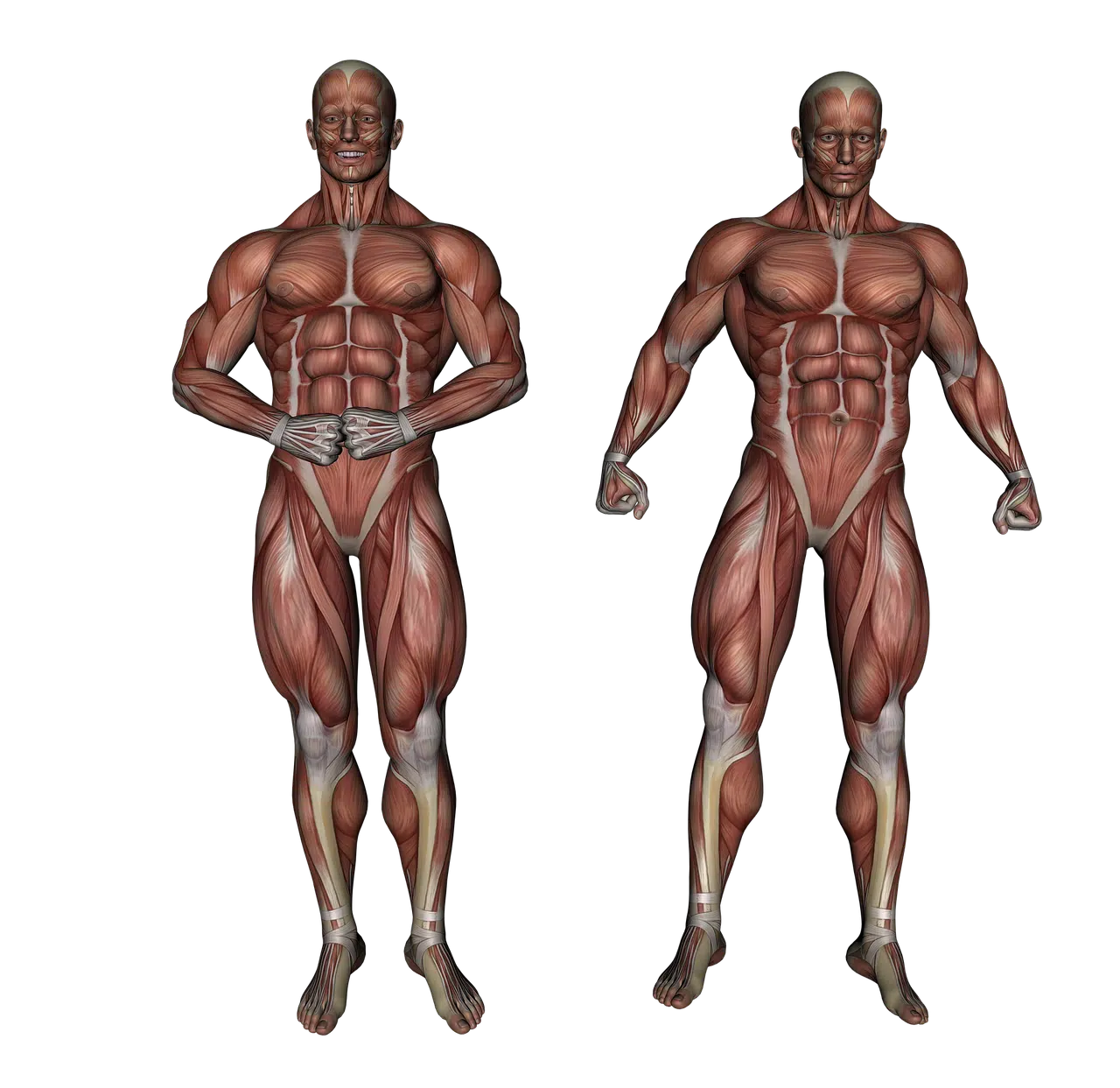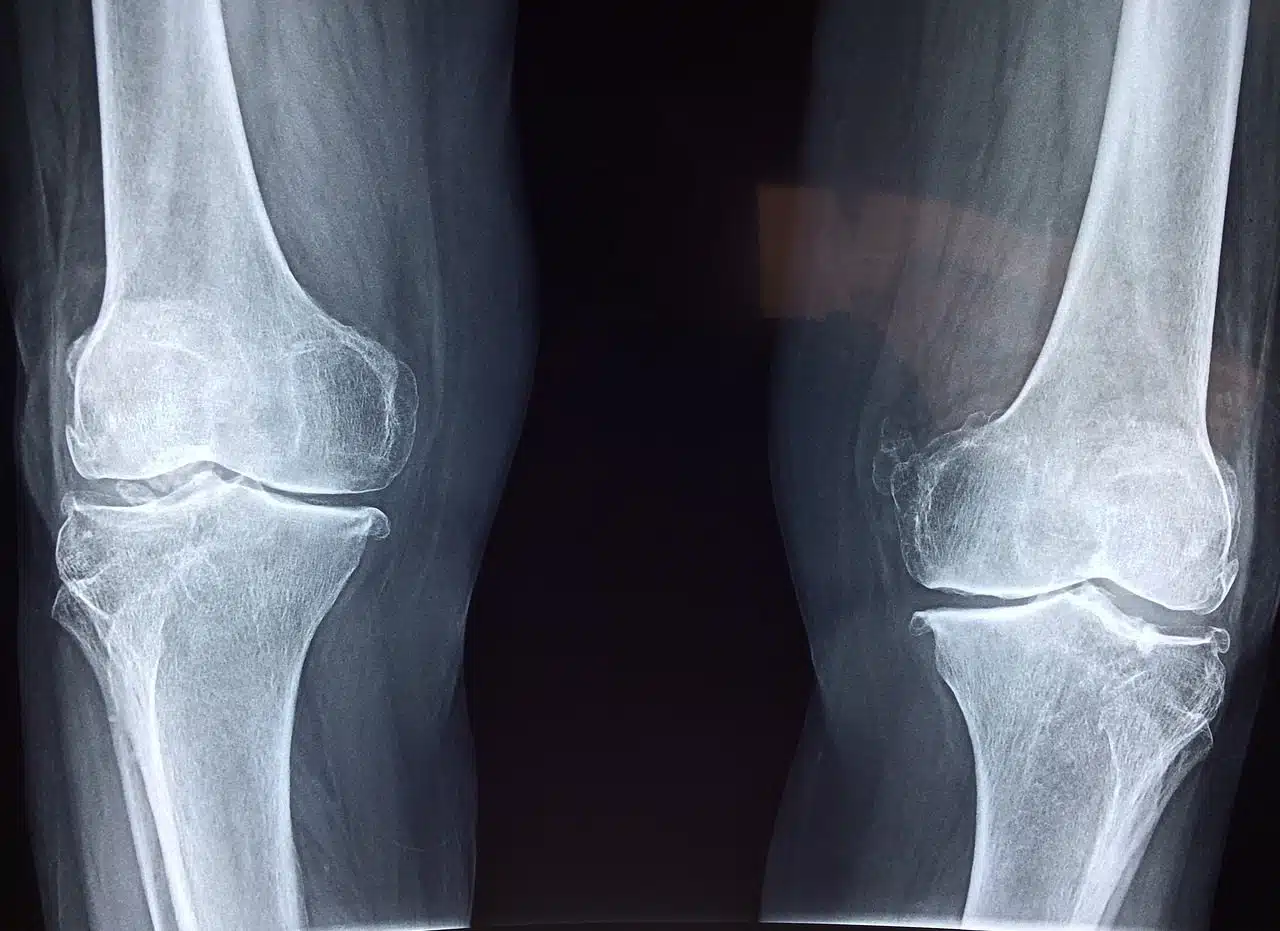
Fibers are part of connective tissue.
Connective tissue is a formation of cells and homogeneous matter that is crossed by various fibers. The function of connective tissues is to provide support to the body and promote the integration of its different systems.
Among the multiple meanings of the term tissue , on this occasion we are interested in staying with its meaning in anatomy , zoology and botany: a tissue, in this case, is a set of cells that act in a coordinated manner with a common purpose. Connective , for its part, is an adjective that refers to that which binds or links the parts of something .
The diversity of connective tissues, which are also known as connective tissues , has the same origin: mesenchymal tissue , which comes from the mesoderm (one of the cell layers of embryos). In any case, talking about connective tissues is naming structures that are quite different from each other.
Composition of connective tissue
In addition to the data that we have disclosed, it is interesting that we proceed to find out how connective tissue is made up. In this sense, it must be stated that it fundamentally has three parts:
- The fibers , which can be of three types: elastin , which provide elasticity ; collagen , which are responsible for giving resistance; and reticulins , which bind to the other structures existing in the connective tissue.
- The cells . These have the peculiarity that they are usually separated from each other. It must also be said that they also come in two groups: those that can be divided and those that cannot.
- The matrix . Under this name is the structure, of an intercellular type and of variable consistency, which what it does is fill the spaces that remain between the fibers and the cells. It is made up of materials such as sugars, water, polypeptides and mineral salts.
At a general level, it can be said that connective tissues are made up of cells and extracellular elements , such as fibers and the so-called ground substance.

Cartilage makes up connective tissue.
Classification according to type
Among the so-called specialized connective tissues , it is possible to name bone tissue , cartilaginous tissue , adipose tissue and lymphatic tissue . There are those who include blood in this group, mentioning it as blood tissue .
Of these types of fabrics we can highlight some particularities such as these:
- Bone tissue is divided into two large groups: compact and spongy . Its missions are to protect soft organs, store elements such as calcium, actively participate in the movement of the individual and give vital shape to the structure of the body.
- Cartilage tissue can be of three types: elastic , fibrous and hyalian .
- Adipose tissue basically acts as an insulator and also as a deposit or reserve of energy.
Non-specialized connective tissues , for their part, are divided into dense non-specialized connective tissues (which, in turn, can be irregular or regular ) and loose non-specialized connective tissues (such as reticular , mucosal , and mesenchymal ).
